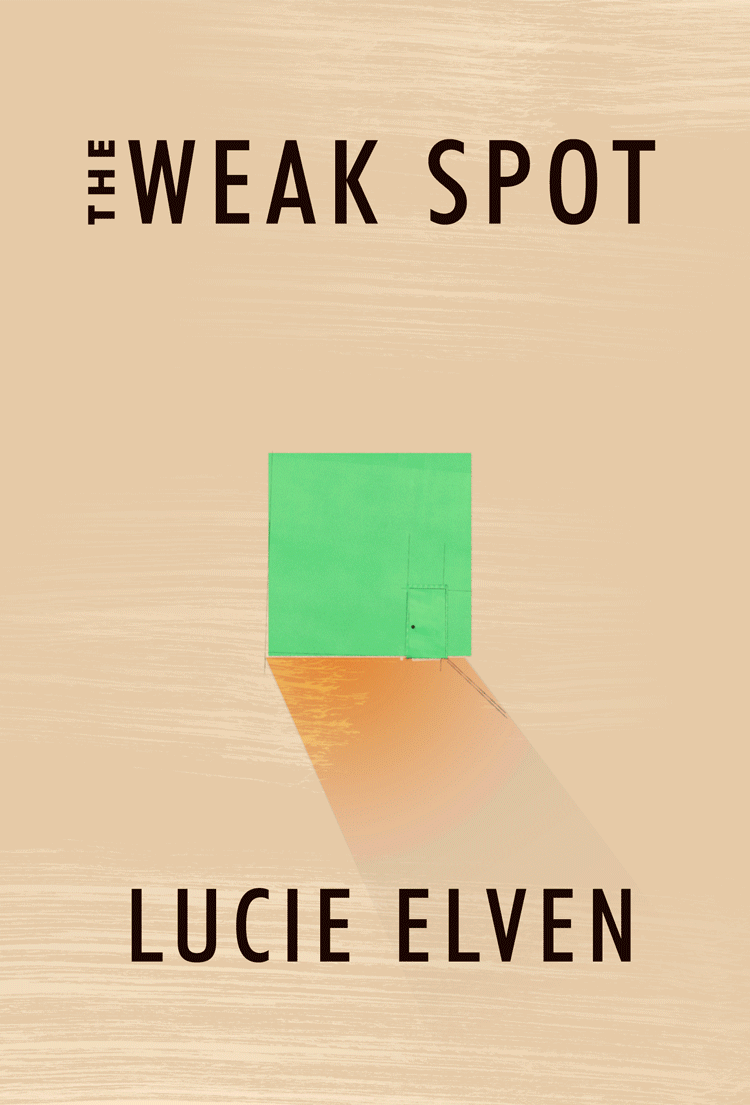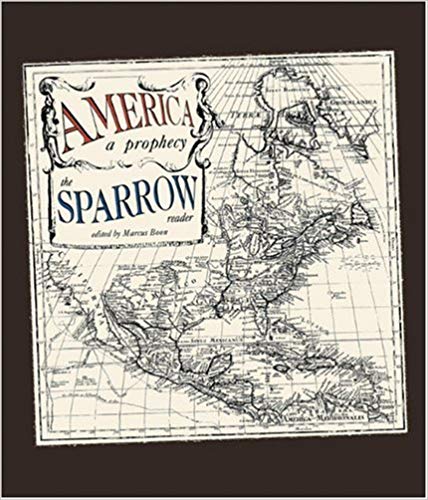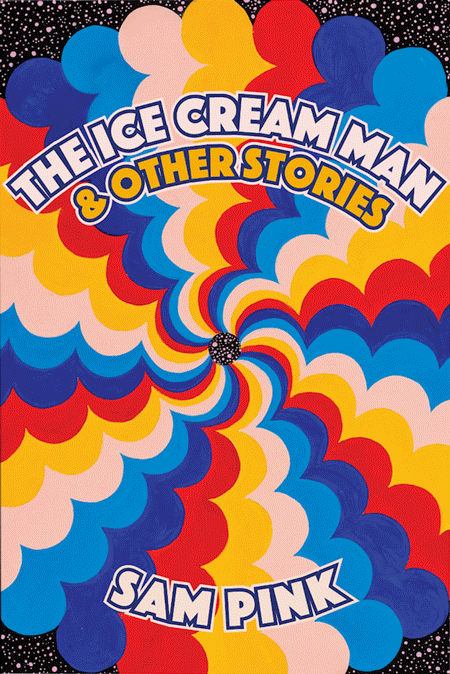
Book Description
Winner of the Carol Shields Prize for Fiction
Winner of the Danuta Gleed Literary Award
“Code Noir is storytelling at its deepest and most intimate. These stories are magic and you must enter them as if you, too, are wondrous.” —Dionne Brand, author of Nomenclature, Theory, and Map to the Door of No Return
Canisia Lubrin’s debut fiction is that rare work of art—a brilliant, startlingly original book that combines immense literary and political force. Its structure, deceptively simple, is based on the infamous Code Noir, a set of real historical decrees originally passed in 1685 by King Louis XIV of France defining the conditions of slavery in the French colonial empire. The original code had fifty-nine articles; Code Noir has fifty-nine linked fictions—vivid, unforgettable, multilayered fragments filled with globe-wise characters who desire to live beyond the ruins of the past.
Accompanied by black-and-white drawings—one at the start of each fiction—by acclaimed visual artist Torkwase Dyson, and with a foreword by Christina Sharpe, Code Noir ranges in style from contemporary realism to dystopian literature, from futuristic fantasy to historical fiction. This inventive, shape-shifting braid of narratives exists far beyond the boundaries of an official decree.
Praise For This Book
Winner of the Carol Shields Prize for FictionWinner of the Danuta Gleed Literary Award
Bustle, A Most Anticipated Book
Electric Literature, A Most Anticipated Book of the Year
"The collection displays tremendous stylistic breadth . . . The over-all effect is a dizzying, disorienting view of “history’s wide grave.” —The New Yorker
"[Lubrin's] gorgeous and innovative style shines on nearly every page . . . It’s a monumental achievement." —Publishers Weekly (starred review)
“A singular achievement.” —Souvankham Thammavongsa, author of How to Pronounce Knife
“Written in language that crackles with life and humour, the stories in Canisia Lubrin’s Code Noir usher us into the lives of their narrators, lives that are filled with a kind of wonder and surprise. Such an invitation to enter and imagine their worlds. In its formal inventiveness and sheer audaciousness, Code Noir is unlike anything else that I’ve ever read. Lubrin is a force.” —Christina Sharpe, author of Ordinary Notes and In the Wake
“Code Noir is a revelation. Proof that it is possible for an imagination to outpace the rest of us and beckon from a future far richer and more brilliant than anything we know. This book sings in searing language, telling stories that bristle and challenge, comfort and question. Canisia Lubrin is one of the finest writers and thinkers of our time, and in Code Noir is a voice that, once heard, can never be forgotten." —Maaza Mengiste, author of The Shadow King, short-listed for the Booker Prize
"A book that radiates life—insistent, unbounded life . . . A virtuosic assembling of genres, voices, and experiences . . . with lines gripping the heart and stories suffused with beauty and tenderness." —David Chariandy, author of Brother
“Code Noir is storytelling at its deepest and most intimate. The stories take you into their confidences—confidences that are knowing, but at the same time defamiliarizing. You have to meet their speakers wherever they are in their lives. These speakers know things they shouldn’t know and, uncannily, they know things that you know. Things about lullabies and dogs and elephants. The stories say loneliness is nostalgia; they listen to Billie Holiday during a war; they know the decrees of Code Noir, that seventeenth-century rulebook for Black life; they know the realm of time, where best friends drown in rivers. Some of these stories are like looking through blue sea glass, some are like drinking strong liquor, some are like a whiff of smoke and then an orange light. These stories are magic and you must enter them as if you, too, are wondrous.” —Dionne Brand, author of Nomenclature, Theory, and Map to the Door of No Return

















